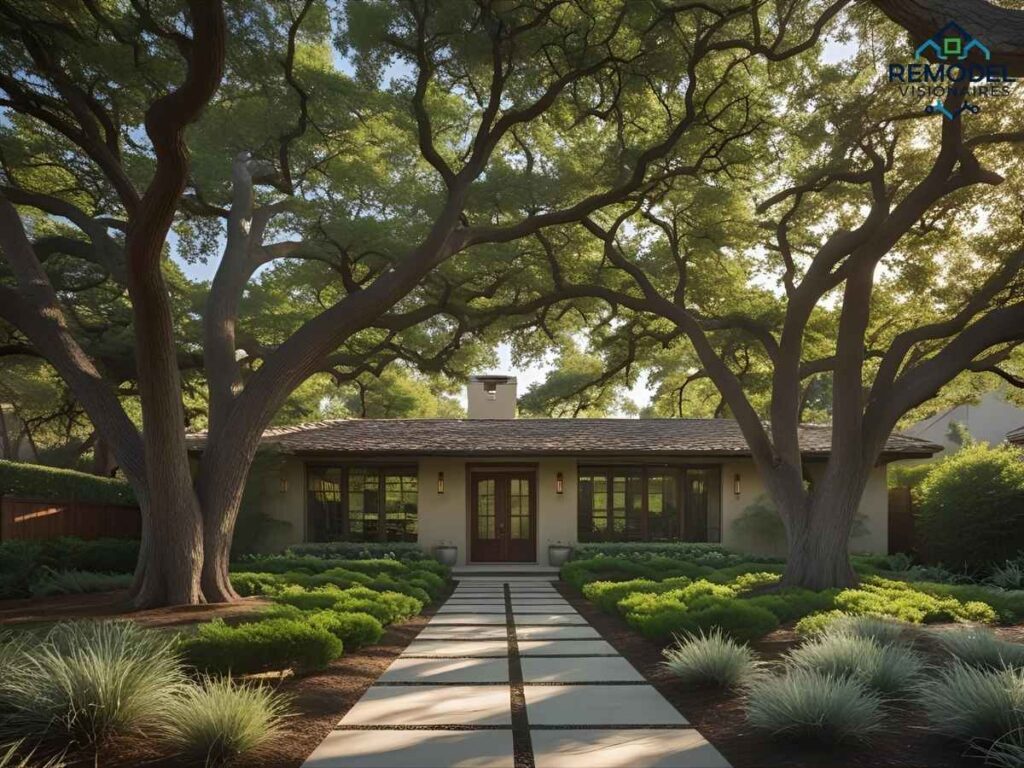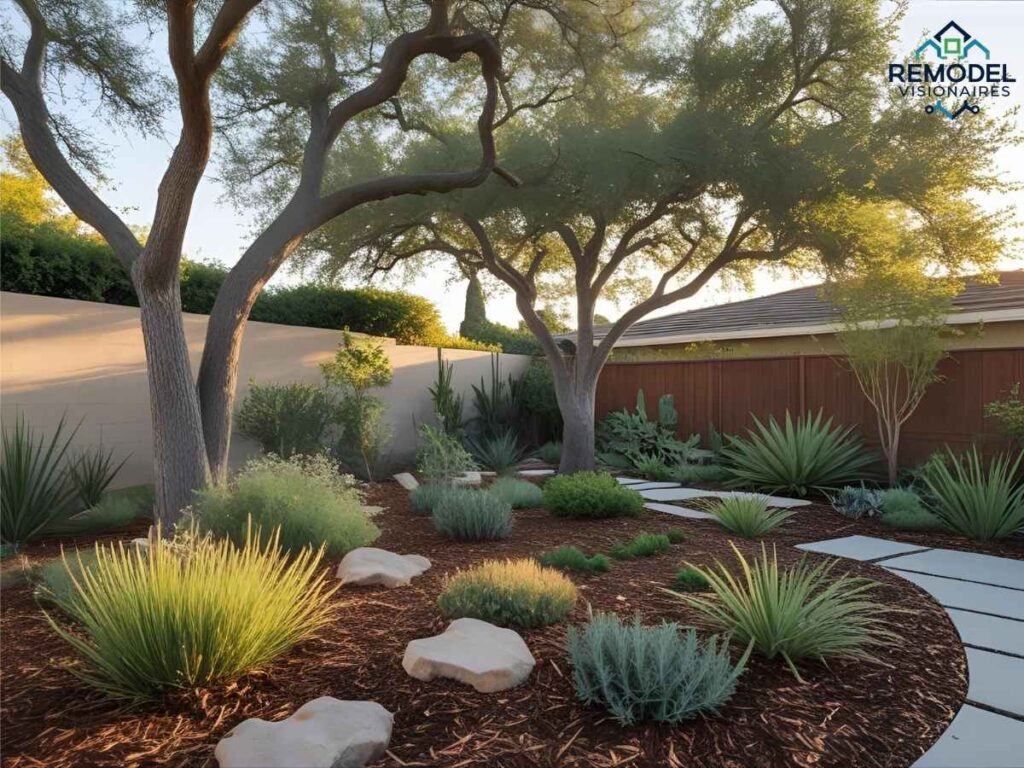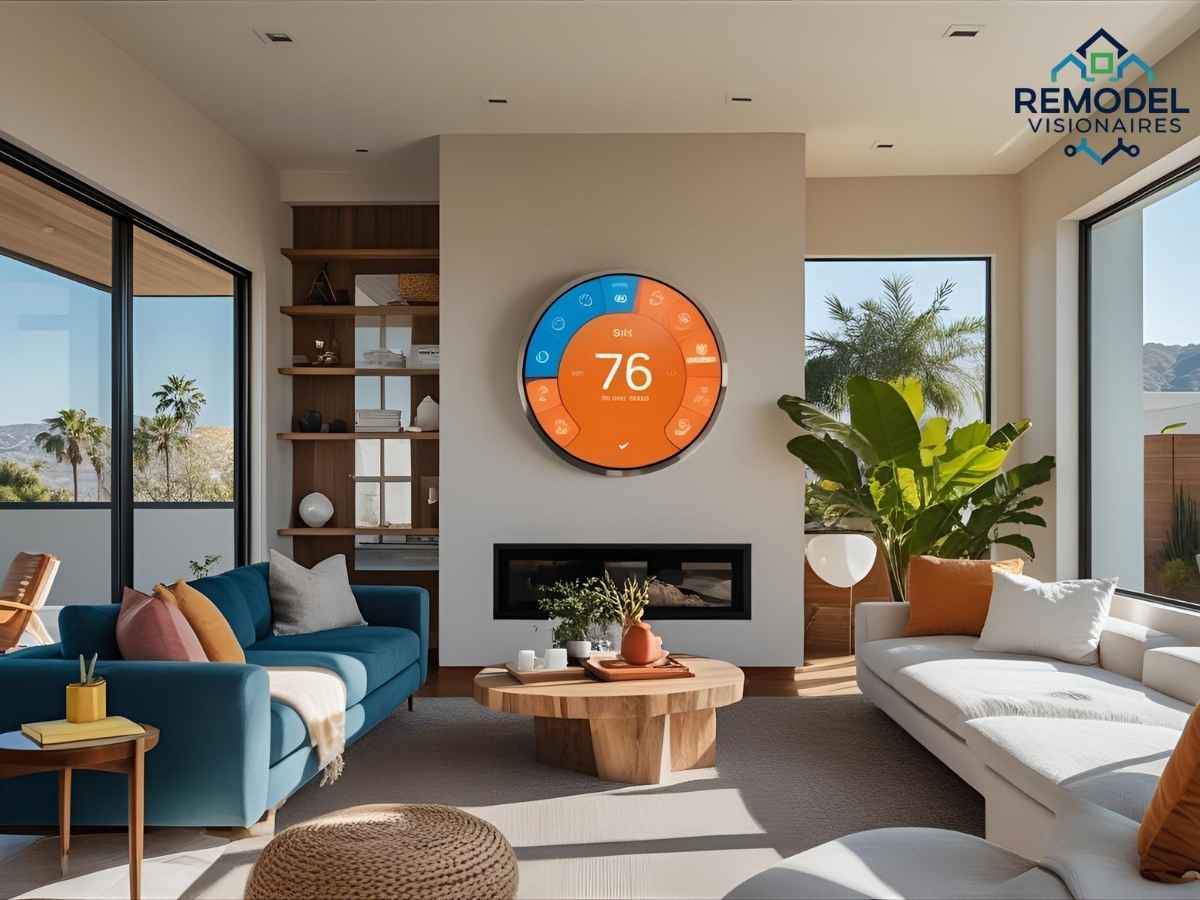Imagine strolling through your front yard in Redwood Estates as the early morning sun filters through the grand canopies of native oaks, dappling light on drought-tolerant gardens alive with birdsong. In Los Angeles, blending the natural beauty of our region’s iconic oaks with the demands of modern, resilient landscaping isn’t just a trend—it’s an art rooted in sustainability and local pride. Here’s your expert guide to transforming your outdoor space with native oaks, supported by real neighborhood stories, insider tips, trusted local services, and actionable resources.
Table of Contents
Why Native Oaks Make Sense in Los Angeles
Redwood Estates, nestled near the heart of Los Angeles in ZIP code 90068, sits at the juncture of natural beauty and urban sophistication. Homeowners and landscape enthusiasts face unique challenges in this Mediterranean climate, from prolonged droughts to fluctuating water restrictions and strict local landscaping codes.

Native oaks like the Coast Live Oak (Quercus agrifolia) and Valley Oak (Quercus lobata) have evolved for centuries in Southern California’s dry, warm summers and mild, wet winters. This natural adaptation means:
- Water Efficiency: Once established, native oaks thrive on rainfall alone, reducing the need for irrigation.
- Wildlife Habitat: Oaks host hundreds of beneficial insects and birds, making your yard a mini-ecosystem.
- Shade & Comfort: Mature oaks dramatically cool your property, mitigating the notorious summer heat in areas like Los Feliz and Studio City.
- Resilience: Native oaks tolerate local soils, wildfires, and pests far better than non-native species.
The Local Context: Los Angeles Climate, Codes, and Landscape Challenges
Los Angeles averages just 14–16 inches of rain per year, with most precipitation falling between November and March. Summer highs in Redwood Estates can soar into the upper 80s, while the city’s resilience against drought is tested constantly.
Local codes promote water-consciousness. The City of Los Angeles encourages sustainable landscaping and limits excessive water use, offering rebates through programs like the LADWP Turf Replacement Program. But integrating these requirements with heritage oaks takes finesse. Permits may be required to plant, prune, or remove street trees, as outlined in Los Angeles’ Residential Parkway Guidelines and EpicLA’s online permit application.
Water and Shade—Twin Priorities
Native oak landscaping isn’t just about beauty. It’s a commitment to the city’s sustainability goals:
- Lower water bills and outdoor usage
- Support for biodiversity
- Compliance with state and city drought ordinances
Leveraging LADWP rebates and following county guidelines, most homeowners find that embracing oaks and their companion plants decreases their environmental footprint and adds long-term value.
Solutions: Planning Your Native Oak Landscape
Start with a Site Assessment
Before rushing to plant, evaluate your property:
- Identify existing oaks and respect their driplines (the area under the branches).
- Avoid disrupting roots—plant new beds at least 10 feet from trunks.
- Test soil for compaction and drainage, especially near Mulholland Drive or hilly Laurel Canyon slopes.
Selecting Native Companion Plants
Native oaks pair beautifully with California natives that also thrive on neglect. Some winning choices:
- California fuchsia (Epilobium canum) – For splashes of red and pollinator attraction.
- Toyon (Heteromeles arbutifolia) – Evergreen shrub, berries for birds.
- Manzanita (Arctostaphylos spp.) – Stunning bark, spring flowers, and drought resilience.
- Blue-eyed grass (Sisyrinchium bellum) and coral bells (Heuchera maxima).
Plant low, undemanding groundcovers inside oak driplines and reserve flowering sun-lovers for the outer edges, where competition with roots is minimal.
Drought-Conscious Irrigation
- Use low-volume drip irrigation, placed outside the oak canopy.
- Mulch lightly with organic matter—but avoid piling mulch against trunks.
- Let fallen oak leaves collect naturally beneath trees to mimic woodland conditions.
Maintenance and Mulching
Established oak landscapes need minimal intervention. Prune dead branches in late summer only if necessary, and hire a certified arborist to assess mature trees, especially if you notice stress or disease.
Permitting and Local Support
For major landscaping, new irrigation systems, or tree work in Redwood Estates:
- Register via EpicLA for permit applications.
- Check the LADWP Turf Replacement Program.
- Consult LA County Public Works for tree ordinances and right-of-way considerations.
Case Studies: Success Stories from Los Angeles Neighborhoods
Laurel Canyon Revival
Homeowners in Laurel Canyon, historically shaded by ancient Coast Live Oaks, faced erosion, dying turf, and high water bills. By removing a 1,200-square-foot lawn and underplanting native oaks with fescue, toyon, and monkeyflower, they not only saved 45,000 gallons of water per year but also became a magnet for scrub jays and butterflies.
“Our backyard feels like a sanctuary now. The oaks were struggling from too much water and compacted soil. Once we switched to natives, everything rebounded—the birds, the tree health, even our bill. And we got a rebate from LADWP!” – Laurel Canyon resident, 90046
Studio City Curb Appeal
In Studio City, a young family wanted shade and privacy for their newly purchased home on Red Oak Drive (91604). Partnering with a native landscaping designer, they installed young valley oaks and layered in ceanothus and sages. Within three years:
- The new trees began shaping the microclimate.
- They received a local garden award for wildlife-friendly habitat.
- Their property value rose, outpacing comparable homes on their street.
“Neighbors stop by to ask about the plants, and we love explaining how easy it is once you make the switch. We barely water during summer now.”
Sunland-Tujunga Water Savers
At the edge of Angeles National Forest, Sunland-Tujunga (91042) terrain is uniquely challenging: windswept, rocky, and hot. The Olson family replaced invasive eucalyptus with sturdy Engelmann oaks and underplanted with drought-tolerant buckwheats.
By installing permeable paving and bioswales, they redirected rainwater to their oaks, reducing runoff and capturing more than 8,000 gallons per rainy season. Their landscape now serves as a demonstration for sustainable suburban yards.
“We joined the local native plant society and got a design tailored to our lot. After three years, we have no regrets—it’s habitat heaven and totally manageable.”
Top 3 Native Oak Landscaping Service Providers in Los Angeles
Finding the right pro is key to transforming your vision into reality. Here are three standout companies for native oak landscaping in LA, each with a reputation for quality results and community engagement:

1. FormLA Landscaping
Website: formla.com
With over 25 years’ experience and nearly 2 million square feet of native habitat added citywide, FormLA specializes in design, installation, and maintenance of California native landscapes. Fully committed to eco-friendly practices and water-wise plantings, they work throughout LA County and even offer all-electric maintenance.
2. Solis Gardens
Website: solis-gardens.com
This boutique firm focuses on expert native landscaping, garden design, and eco-friendly maintenance for Los Angeles properties. Solis Gardens excels at blending California’s oakwood aesthetic with modern curb appeal, guiding clients from concept through ongoing care.
3. Droughtscape LA
Website: yelp.com/biz/droughtscape-los-angeles
Praised by Sherman Oaks and Encino residents, Droughtscape LA is known for their honest advice, innovative turf removal, and tailored habitat gardens—especially with native oaks and companion plants.
Essential Tools and Resources for LA Homeowners
- LADWP Turf Replacement and Rebates: Get $5/sq ft back for transforming turf into native gardens. Check eligibility and start your application here.
- Los Angeles County Planning & Permitting: For project approvals, visit EpicLA and review the Landscape Ordinance PDF.
- California Native Plant Society – LA Chapter: Browse plants, events, and support at californianativeplants.com.
- The National Wildlife Federation: Certify your yard as wildlife habitat and learn more best practices at nwf.org/garden-for-wildlife.
- LA County Arboretum and Botanic Garden: Attend native plant sales, classes, and tours to deepen your expertise.
Quick-Answer Section: People Also Ask
What oak species are best for Los Angeles yards?
The Coast Live Oak, Valley Oak, and Engelmann Oak stand out for their adaptability to LA’s soils and climate. These species offer majestic shade and deep-rooted drought tolerance, thriving without excessive irrigation.
Can I plant under native oaks in my LA garden?
Yes, but with care. Avoid digging or disturbing soil near trunks and choose California natives (like manzanita or coffeeberry) that can handle dry summer shade. Never plant thirsty groundcovers or install high-water irrigation close to oaks.
How do I get a permit for landscaping with oaks in Los Angeles?
For major tree work, irrigation changes, or right-of-way planting, apply via EpicLA and consult LADWP guidelines. Simple replanting with natives on private property may not require permits, but always check if you’re altering the parkway or removing trees.
What does it cost to replace a traditional lawn with a native oak garden?
Costs can vary widely—from $8 to $25 per square foot—depending on soil conditions, site grading, and plant size. Rebates from LADWP and savings on water bills can offset much of the initial expense.
Why is oak landscaping considered climate-smart in Los Angeles?
Native oaks reduce urban heat, cut irrigation needs, foster biodiversity, and adapt to local climate extremes. They’re the gold standard for sustainable, resilient yards suited for LA’s present and future.


